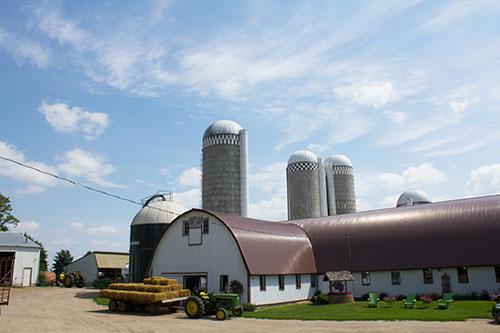
The U.S. dairy industry continues to grow and change in many ways, but the actual number of dairy farms has been declining at a fairly steady clip. In fact, the only state to gain herds in 2014 was Pennsylvania.
Wisconsin, home to more dairies than any other state in the nation, has been losing herds at a pace similar to the national trend. Last month, however, the Badger State reached a level that hadn't been seen for generations when the number of dairy farms dipped below the 10,000 mark.
A recent dairy herd count revealed that there were 9,992 Grade A and Grade B dairies licensed to ship milk in Wisconsin as of April 1. That's more than 400 herds less than there were at the same point one year ago.
In reality, herd numbers have been falling for some time. The number of dairy farms in America's Dairyland has been reduced by a third in the past decade alone. Wisconsin has been tracking dairy farm numbers since 1950, and at that time, the state had 143,000 dairy operations, about 4 percent of the nation's total. Still, with just a fraction of the herds it once had, Wisconsin now represents almost 23 percent of the nation's herds.
Even with fewer farms, Wisconsin produced a record-high 27.7 billion pounds of milk last year with 1.27 million head of milking cows, which was also a record high.
Clark County, in north central Wisconsin, has the most herds in the state with 872. With 872 herds, Clark has more dairies within its county borders than 39 states have overall. Every single county in the Badger State has a working dairy farm, including Forest County in northern Wisconsin, which still has one dairy currently in operation.
(c) Hoard's Dairyman Intel 2015
May 18, 2015








